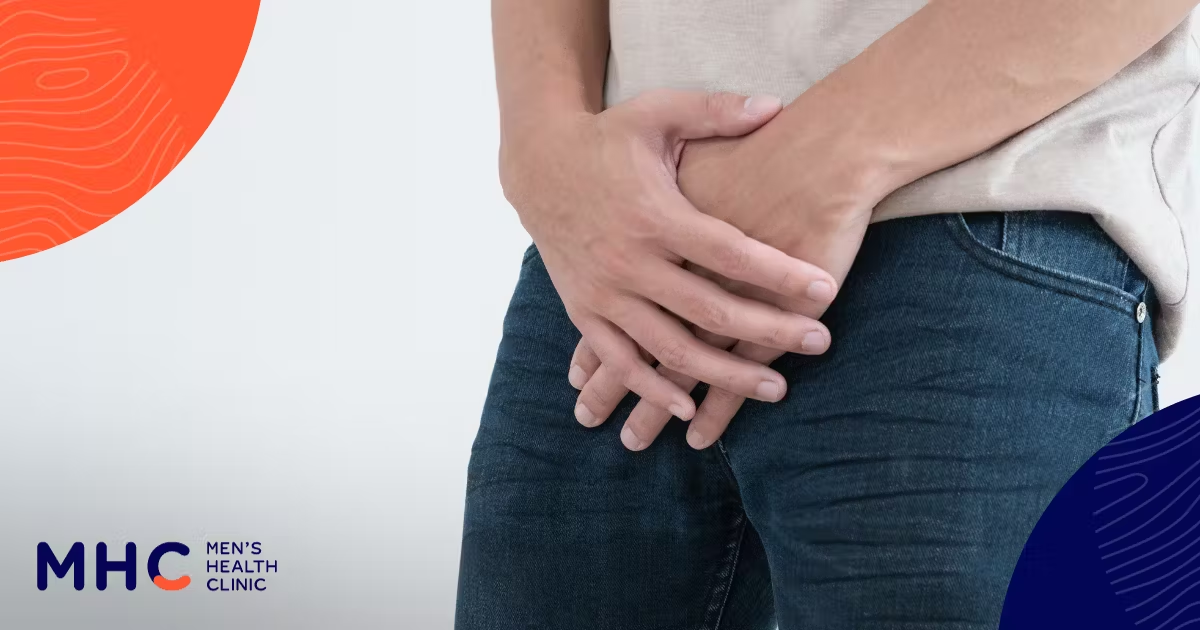Premature Ejaculation (PE) is frequently mentioned when talking about performance in bed and men’s health issues. Characterised by one’s tendency to ejaculate sooner than desired, PE can be just as demoralising as Erectile Dysfunction (ED).
Knowing more about PE is essential in finding the right treatment that works best for an individual. This is why we’re here with a rundown on a few facts and figures about PE that we think you’d like to know.
PE Is the #1 Men’s Health Issue
Did you know that PE is the most common type of sexual dysfunction in men? According to statistics, premature ejaculation can have up to a staggering 75% prevalence rate among men in some reviews. Seven out of ten men will experience premature ejaculation at least once in their life with varying degrees of severity.
What does this mean for an average man? Simple: PE may not be a matter of “if” but “when.” That also means that PE is not something that you should be afraid of; it’s something that should be acknowledged as a common occurrence that can be treated with the right steps.
PE Is More Prevalent Among 18 to 30-Year-Olds
Premature ejaculation can happen to anyone, but research shows that PE is more prevalent among men ages 18 to 30? With that age range generally considered more physically fit than older age brackets, you’d think they’re less likely to deal with poor performance in bed.
There are a lot of men within that age range that are relatively inexperienced when it comes to sex. They haven’t had enough time to feel accustomed to the sensation and end up being overwhelmed. Of course, lasting longer in bed also takes some practice, something that older men tend to have.
Up to 60% of People with ED also have PE
Sometimes, men’s health issues come in pairs. This is especially the case for people struggling with ED. According to studies around 30 to 60% of people with ED also have to deal with PE. In those cases, PE could be caused by the urge to reach orgasm before the man loses his erection, but other factors may include poor self-esteem and stress.
In many of those cases, PE can be alleviated by dealing with ED. This is usually done through a combination of anti-ED medication and counselling. Once the pressure from climaxing before losing the erection is gone, a man would have fewer reasons to “hurry up” so to speak.
There are two types of PE
Defining PE as “reaching orgasm too quickly” would sound a bit too simplistic, especially since there are two known types of premature ejaculation. Here’s a quick rundown of these two classifications:
- Lifelong PE: This type of PE is a long-term issue and starts manifesting as soon as the man becomes sexually active.
- Acquired PE: Unlike lifelong PE, acquired or secondary PE occurs some time after a man has been sexually active.
Knowing what type of PE one is struggling with can have a big effect on what approach to take in order to manage it. For example, someone with lifelong PE may have to take up lessons to get better in bed, while someone with acquired PE may have to address a change in lifestyle that may have triggered the problem.
PE Can Have Different Durations
Because lifelong and acquired PE have different causes, it also means that they can vary depending on what counts as “premature.” On average, men with lifelong PE tend to last for around a minute. On the other hand, people with acquired PE lasts for about 3 minutes on average. To put this into perspective, a healthy man with no PE can last for about 5.4 minutes of penetrative sex before reaching orgasm.
Although PE can cut penetrative sex times short, pleasuring the partner doesn’t have to be as brief. Good amounts of foreplay and after play can extend the duration of lovemaking. Furthermore, assuming sex positions that limit the amount of penetration or sensation on the penis can also help the man last longer in bed.
There Is No Universal Treatment for PE
As mentioned earlier, PE is a common but manageable men’s health issue. Some men can get by with certain tricks such as thinking of something unappealing to supress one’s libido while having sex, but we believe that it takes away the fun and pleasure of lovemaking.
Proper, effective treatment of PE revolves around getting to the root cause of the problem. This involves thorough consultations and medical exams to narrow down which psychological and physical factors have to be addressed. There’s no one-size-fits-all solution to PE, so a customised approach is ideal.
Conclusion
That wraps up our rundown on facts and figures about PE. If you or a loved one is struggling from PE or ED, feel free to schedule an appointment with us by clicking here. You can also take this assessment to see if you are qualified for our treatment options.




